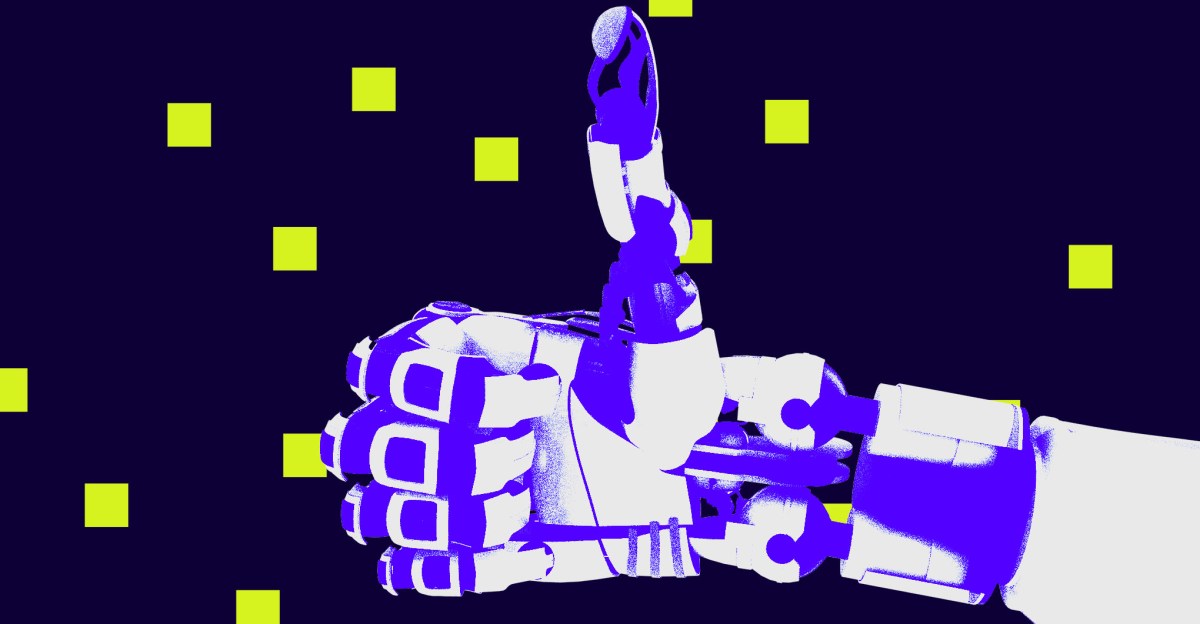
The new tariff strategy of Trump resembles that of ChatGPT.
ChatGPT could become the new economic advisor to the White House.
The recent statement by President Donald Trump regarding the White House's trade policy caused widespread confusion when he showcased a giant cardboard sign titled “Reciprocal Tariffs.” On this occasion, Trump announced a 10% increase in tariffs on all imported products to the United States, including those from uninhabited islands, in addition to imposing excessively high rates on certain countries, supposedly based on the "tariffs charged to the U.S." However, this data did not match with more accurate estimates from other methods. As a result, the stock markets suffered deep declines, and consumers faced significant price increases on almost all products they purchase.
The numbers presented by the White House appeared to be drawn from a simplistic formula that several artificial intelligence chatbots recommend. Economist James Surowiecki revealed that tariffs could be calculated by taking a country's trade deficit with the U.S. and dividing it by its total exports to the country. Halving that number yields a “discounted reciprocal tariff.” The White House rejected this claim and shared the formula that their team used, which some argued was a disguised version of Surowiecki's method.
Surowiecki labeled this approach as "extraordinary nonsense." The use of "but" by Trump's team seems to be a result of a quick fix, akin to students who leave their homework until the last moment. According to users of various chatbot platforms, when seeking a simple way to address the trade deficit and balance conditions with other countries, they showed surprising consistency in their responses, which included a version of the “deficit divided by exports” formula.
The results varied slightly; some chatbots, like Grok and Claude, specifically suggested reducing the tariff figure by half, aligning with Trump's idea of discounts. While they suggest a base tariff of 10%, these systems differed on whether this amount should be added to the total tariffs. However, the similarities in their responses were more noticeable.
The chatbots warned, with varying degrees of seriousness, about the complications and risks of this simplified approach. Gemini, being more critical, provided a series of explanations indicating that while the calculation seems a convenient method to address bilateral deficits, the real economic implications are much more complex and could have significant negative consequences. Furthermore, many economists believe that tariffs are not effective in balancing trade deficits.
Although it is unclear whether Trump's team actually used an AI tool to formulate this trade policy, what is certain is that chatbots generate information from training data, and it is unknown how they arrived at this specific formula. Nonetheless, the world will remain attentive to the implementation of these tariffs starting April 5 and to the effects that the improvised math from Trump's team will have on global trade.



